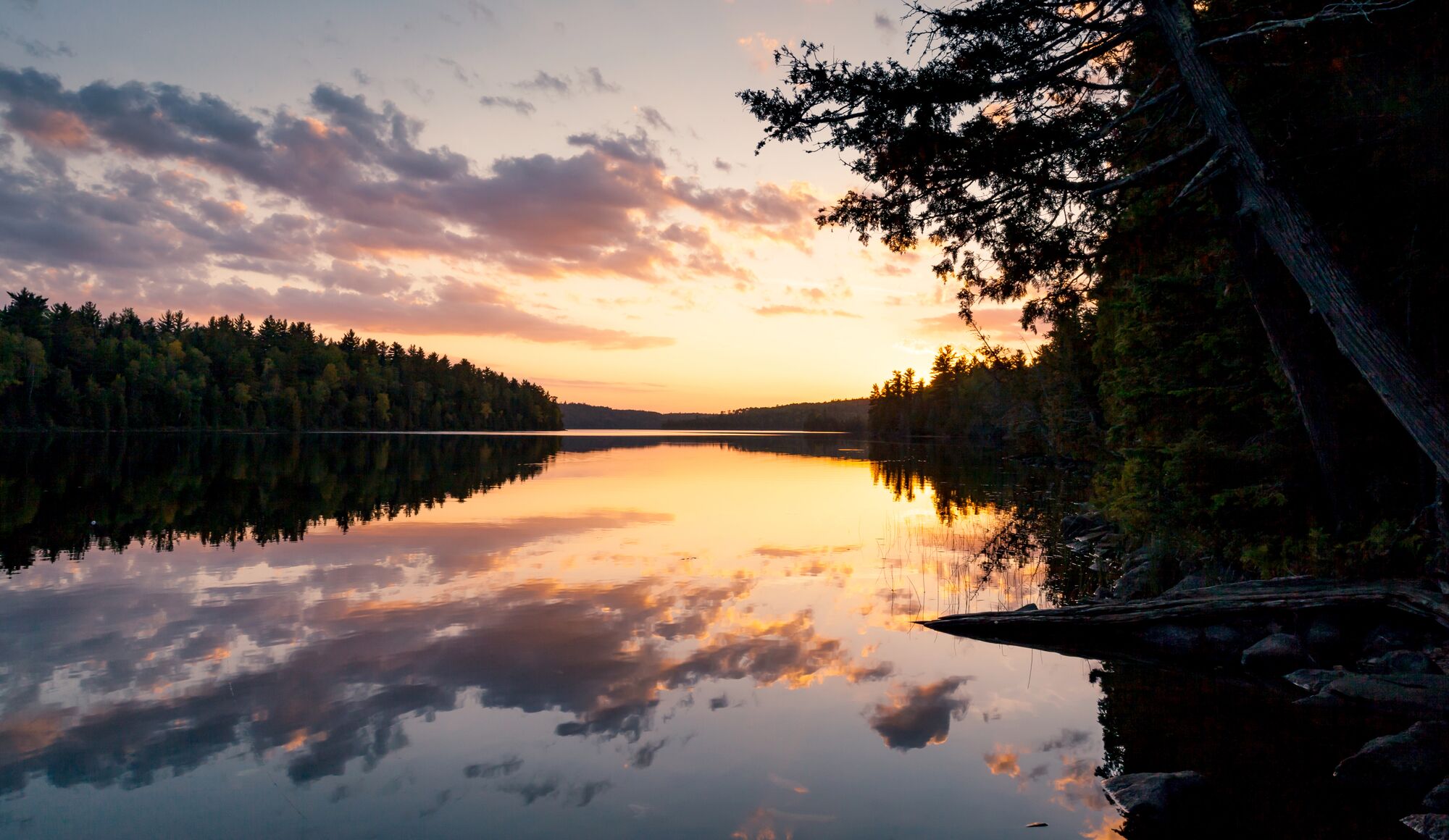Earthjustice goes to court for our planet.
We’re here because the earth needs a good lawyer.
Government Acts to Protect Boundary Waters from Risky Mining Plans
This page was published 3 years ago. Find the latest on Earthjustice’s work.
A dangerous copper mining project near Minnesota’s Boundary Waters Canoe Area Wilderness will not move forward after the Biden administration cancelled its leases in January. The proposed Twin Metals mine threatened the 1,200 miles of rivers, lakes, and streams that make up this paradise for hikers and boaters.
Earthjustice challenged the project in court in 2019 when the Trump administration renewed leases for the mines. We will not rest until public lands and waters across the country are safe from industrial exploitation.
What Just Happened: The Biden administration threw out the mine’s permits.
- The National Environmental Policy Act requires the federal government to conduct scientific analysis and assess environmental impacts before greenlighting projects like this one.
- The Trump administration failed to consider the well-documented and devastating harm from sulfide-ore copper mining or examine safer alternatives when it renewed leases for the mining project in May 2019.
- Earthjustice represented the Wilderness Society, Izaak Walton League of America, and the Center for Biological Diversity in a legal challenge to the mining permits.
- In January 2022, the Biden administration determined that the Twin Metals leases had been unlawfully reinstated. It noted that in 2016, the Forest Service had withheld its consent to the leases because it considered them too risky for the Boundary Waters.
Why It Matters: Mining could have destroyed the unique wild haven of the Boundary Waters.
- With more than 1,098,000 acres of protected land, more than 1,100 lakes, and hundreds of miles of rivers and streams, the Boundary Waters are a natural resource unlike anything else.
- The Boundary Waters are the most heavily visited wilderness area in the United States. This tourism helps drive more than $900 million in annual economic activity, which a mine would have destroyed.
- Twin Metals was poised to build two highly toxic and polluting sulfide-ore copper mines along lakes and streams that flow directly into the Boundary Waters.
- Acid drainage from sulfide-ore mining invariably produces massive amounts of waste that contaminates nearby watersheds.
What Happens Next: It’s time for a total ban on mining in the Boundary Waters region.
- The Biden administration is currently considering whether mining in the watershed of the Boundary Waters should be banned. In October it announced the initiation of a mineral withdrawal process that could lead to a ban on mining for up to 20 years.
- U.S. Representative Betty McCollum of Minnesota reintroduced legislation in April 2021 to permanently protect the Boundary Waters Canoe Wilderness Area from mining interests.
- Earthjustice is one of a handful of groups (including the Minnesota-based Campaign to Save the Boundary Waters) who are fighting to keep risky mining operations outside of the wilderness area for good.
- We stand with the 248,000 people who recently submitted public comments supporting a ban.
- As we transition to clean energy, we can reject the false choice presented to us by the mining industry. We can source critical minerals in sustainable ways that meet our clean energy goals while protecting environmental treasures and impacted communities.
Mineral mining is just one way that extractive industries destroy public lands for private profit. Tell the Department of the Interior to protect our public lands and waters from fossil fuel development:
